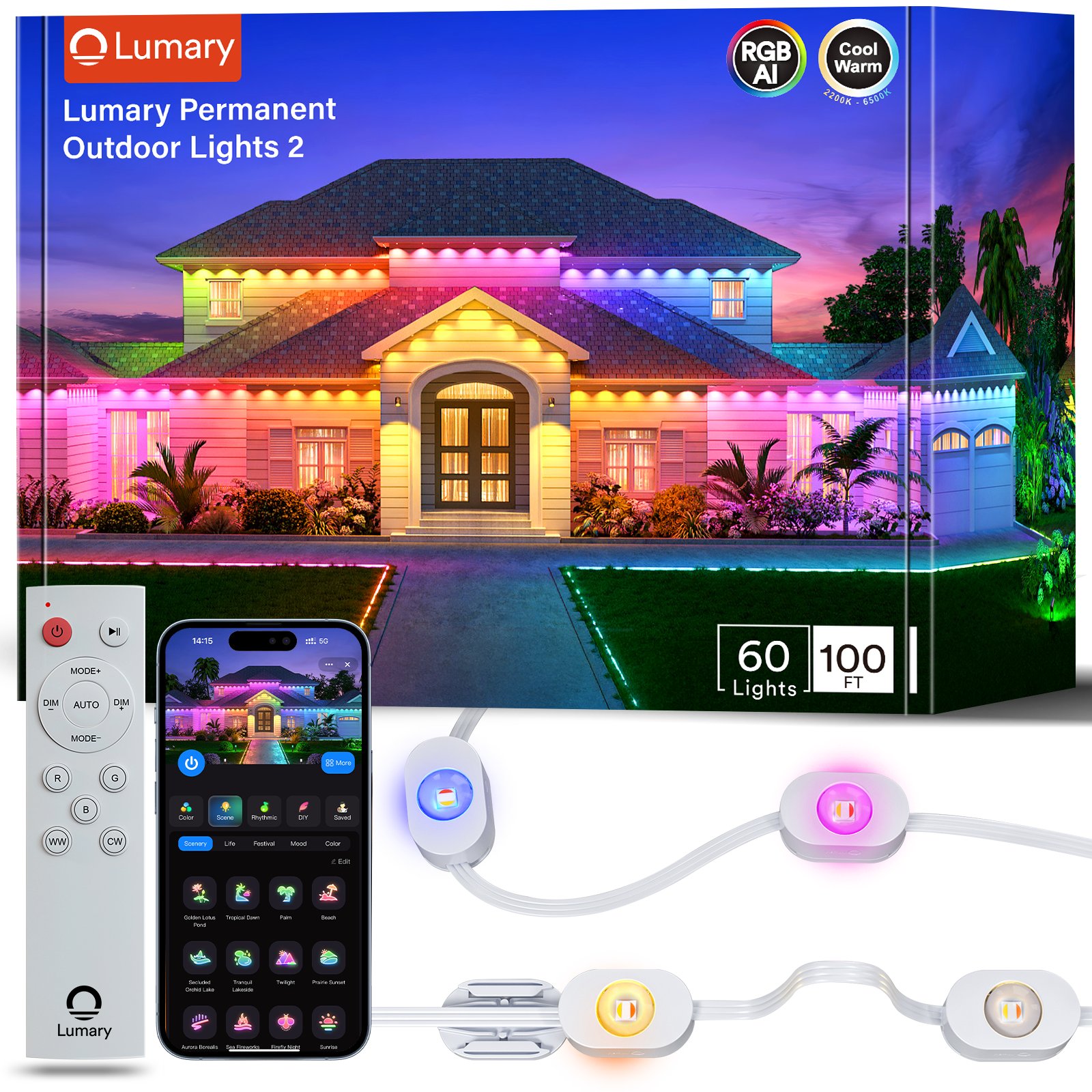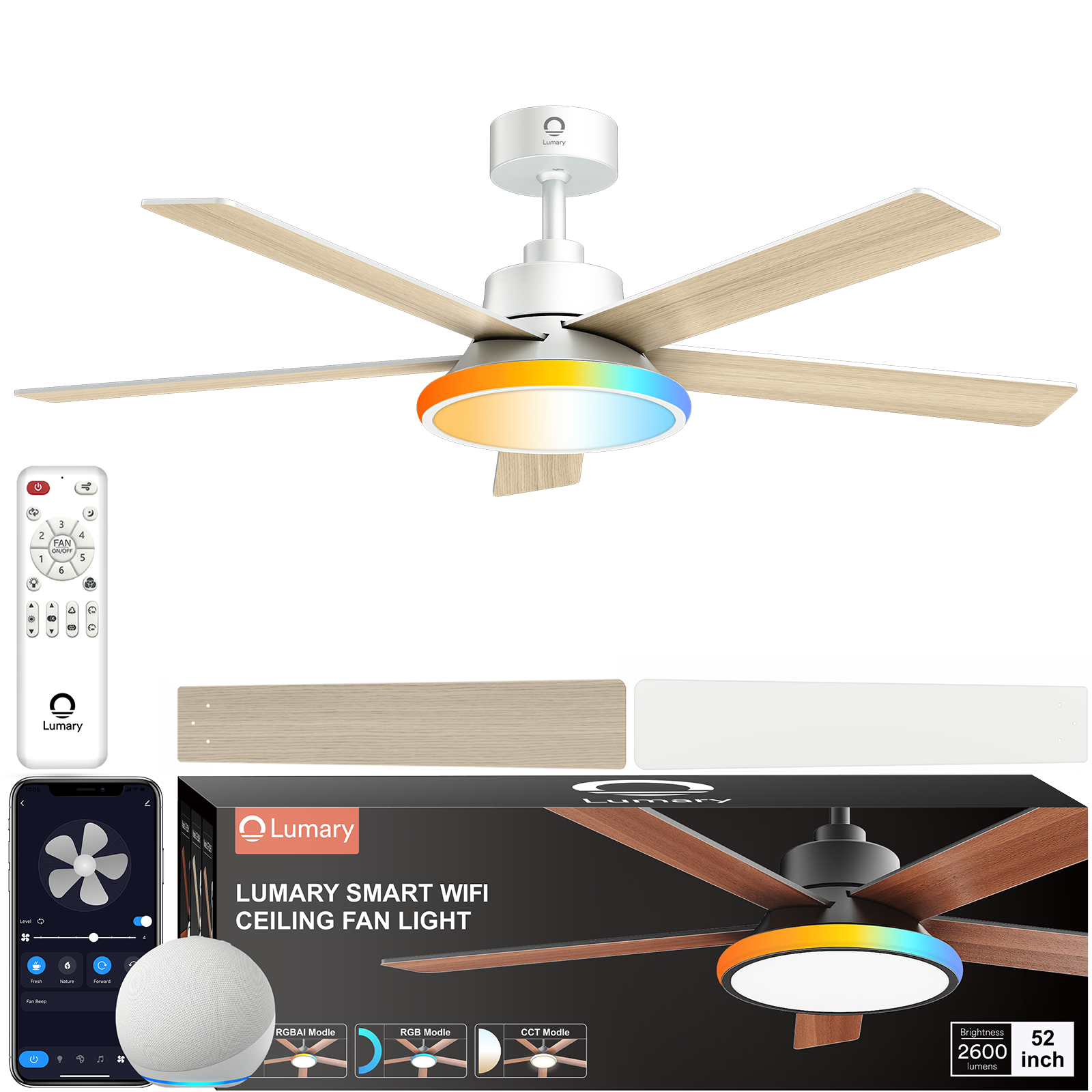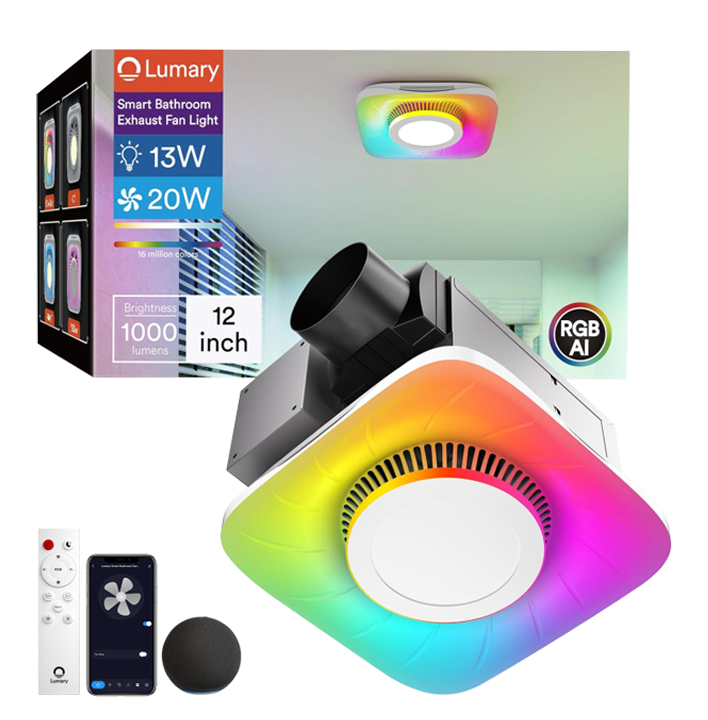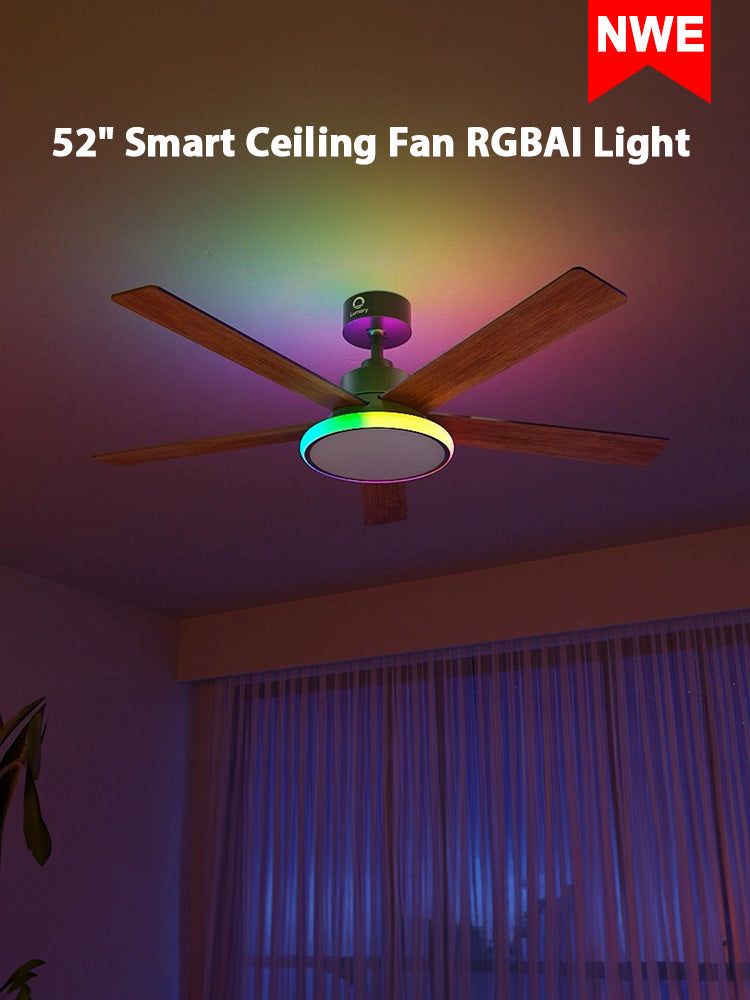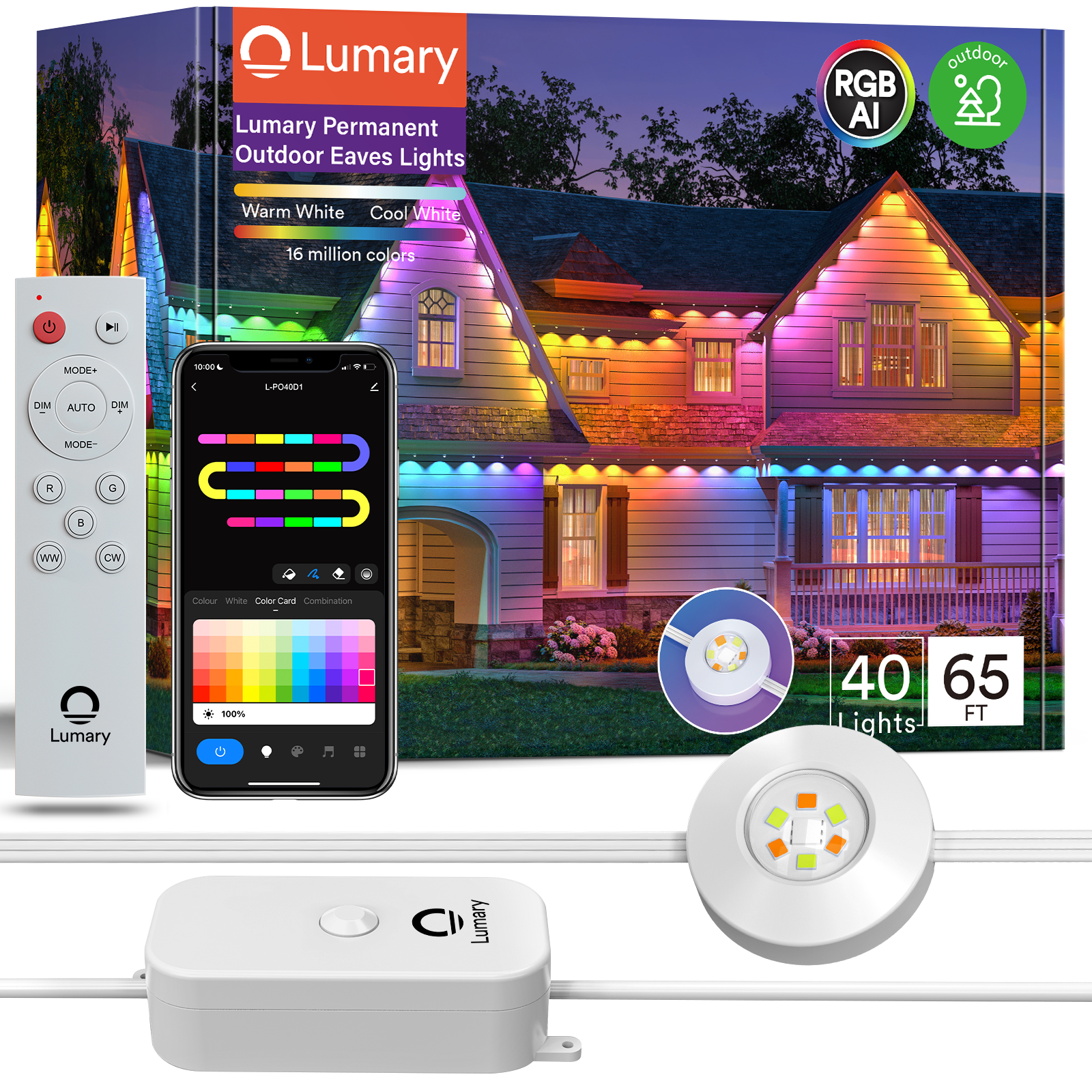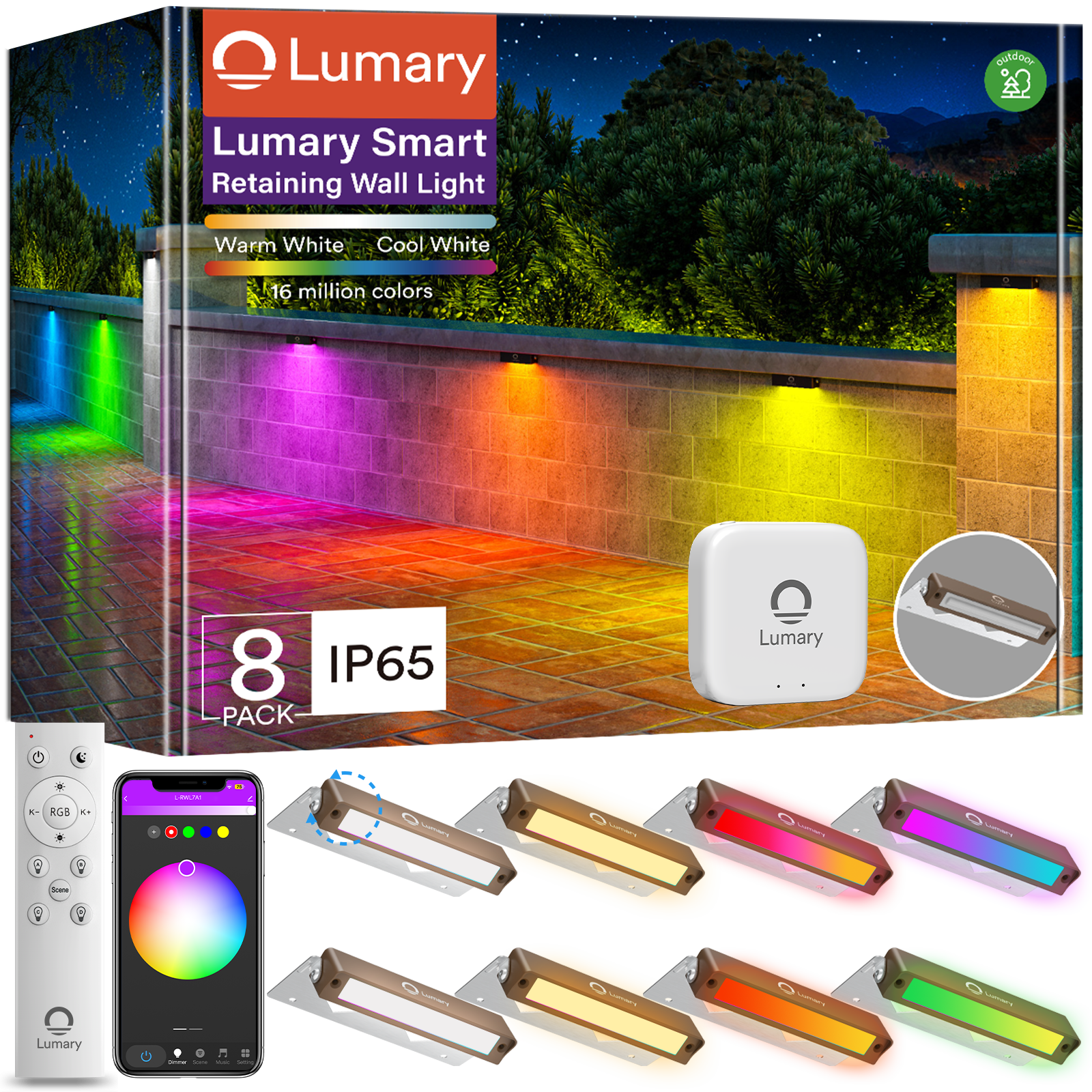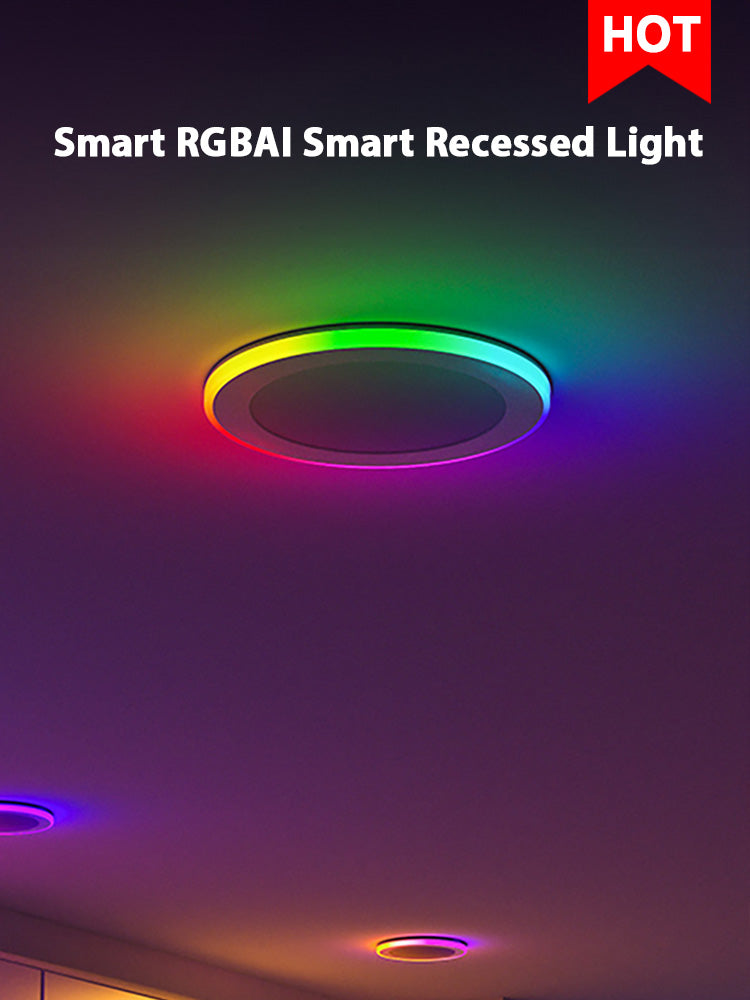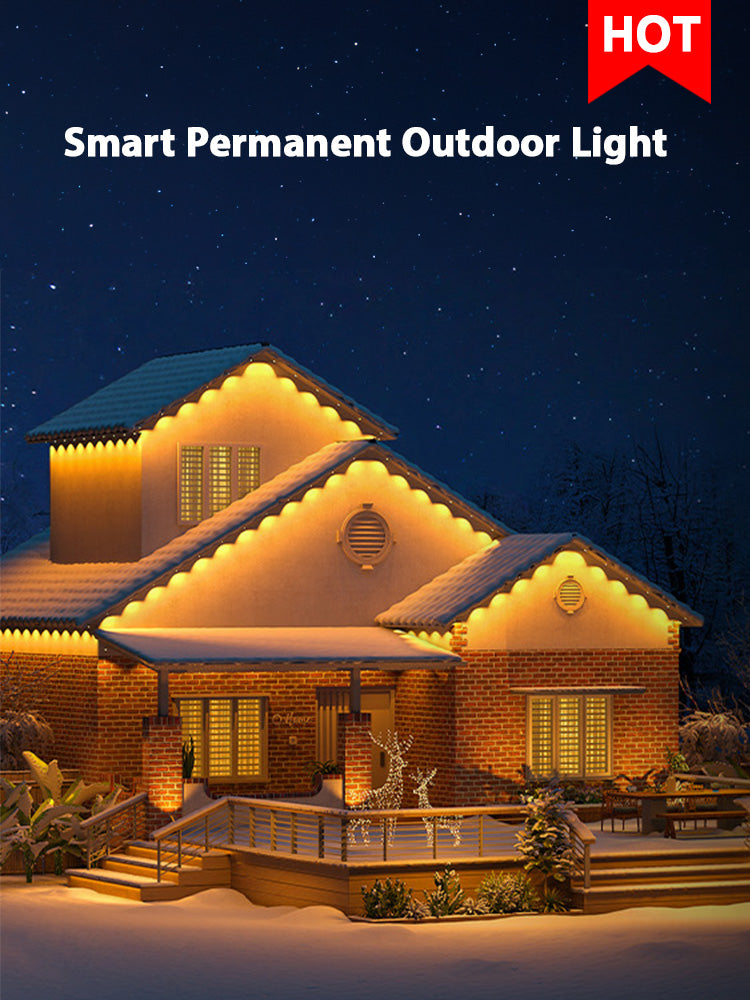RGB LED technology utilizes red, green, and blue light-emitting diodes to produce vibrant colors through additive color mixing. This innovation has revolutionized how you illuminate your spaces, offering energy-efficient and customizable lighting solutions.
-
The light RGB LED market is experiencing rapid growth, with projections indicating an increase from USD 4.2 billion in 2023 to USD 10.7 billion by 2032.
-
These lights are up to 80% more energy-efficient than traditional bulbs, leading to significant energy savings and reduced costs.
Whether for homes or businesses, light RGB LED options provide endless possibilities for creativity and sustainability.
Key Takeaways

-
RGB LED technology combines red, green, and blue diodes to create a vast spectrum of colors, allowing for customizable and vibrant lighting solutions.
-
Switching to RGB LEDs can save you up to 80% on energy costs compared to traditional bulbs, making them an eco-friendly choice that benefits both your wallet and the environment.
-
With advanced controllers and smart systems, you can easily manage your RGB LED lighting, adjusting colors and brightness to suit any occasion or mood.
-
RGB LEDs have a significantly longer lifespan than traditional lighting, reducing maintenance costs and ensuring consistent performance over time.
-
The versatility of RGB LEDs makes them ideal for various applications, from home decor to commercial displays, enhancing creativity and ambiance in any space.
How RGB LED Technology Works
The Science Behind RGB LEDs
Red, Green, and Blue Diodes
RGB LEDs rely on three primary light-emitting diodes: red, green, and blue. Each diode emits light at a specific wavelength, corresponding to its color. By combining these three colors, RGB LEDs can produce a wide range of colors. This process is rooted in additive color theory, where light wavelengths mix to create new hues. When all three diodes shine at maximum intensity, they generate white light.
Additive Color Mixing and PWM Signals
Additive color mixing is the foundation of RGB LED technology. It allows you to create vibrant colors by adjusting the intensity of each diode. Pulse-width modulation (PWM) plays a crucial role in this process. PWM controls the brightness of each color channel by varying the duty cycle. For example, increasing the red and green intensities while reducing blue can produce yellow. This method is similar to how televisions mix colors, enabling precise control over the light output.
Creating Colors with RGB LEDs
Adjusting Brightness and Intensity
RGB LEDs let you adjust the brightness of each diode independently. This flexibility allows you to create specific colors by mixing different intensities. For instance, combining bright red and green with a dim blue produces yellow. This process mirrors how artists mix paints to achieve unique shades.
Producing White Light and Other Shades
RGB LEDs can produce white light by blending red, green, and blue at full intensity. Advanced techniques, such as wavelength conversion, enhance this process. These methods improve color uniformity and luminous efficacy, ensuring high-quality light output. Additionally, RGB LED chips can generate various shades of white, from warm to cool tones, to suit different environments.
The Role of Controllers in RGB LED Lighting
Manual and Remote Controllers
Controllers are essential for managing RGB LED lighting. Options include in-line control modules, remote controls, and touchscreen panels. These tools let you adjust colors, brightness, and effects with ease.
Smart Systems and Automation
Smart systems take RGB lighting to the next level. They allow you to select from millions of colors, adjust brightness, and program dynamic effects like fades or pulses. Automation features enable you to schedule changes, while zoning lets you control multiple areas independently. With wireless operation and voice control, managing your RGB LEDs becomes effortless.
Benefits of RGB LED Technology
Energy Efficiency and Longevity
Lower Power Consumption
RGB LEDs consume significantly less energy compared to traditional incandescent bulbs. This efficiency results in lower electricity bills for you. By using RGB LED lighting, you contribute to reducing overall energy consumption in buildings and communities. The advanced design of the light-emitting diode ensures that energy is used effectively, minimizing waste.
Extended Lifespan Compared to Traditional Lighting
The lifespan of RGB LEDs far exceeds that of traditional lighting options. You can expect these lights to last for years, reducing the need for frequent replacements. This longevity not only saves you money on maintenance but also ensures consistent performance over time. With RGB LEDs, you invest in a durable and reliable lighting solution.
Versatility and Customization
Wide Range of Colors and Effects
RGB LEDs offer a wide range of colors, allowing you to create unique lighting designs. Architects and interior designers often use them to set the mood in homes and offices. Entertainment venues also rely on RGB lighting to craft dynamic atmospheres by adjusting brightness, colors, and patterns.
Adjustable Brightness and Dynamic Features
RGB LED systems provide dynamic features that enhance your lighting experience. These include flashing effects, color options like teal and purple, and remote functions such as fade or wave modes. You can also adjust brightness levels to suit any occasion, from a cozy evening to a lively party. The memory function ensures your preferred settings are saved for future use.
Environmental Impact
Reduced Carbon Footprint
Switching to RGB LEDs helps reduce carbon emissions globally. Lighting accounts for 19% of global electricity consumption and nearly 6% of CO2 emissions. By transitioning to LED lighting, you play a role in preventing millions of tons of CO2 emissions annually. This shift also supports global energy savings.
Use of Non-Toxic Materials
RGB LEDs are made with non-toxic materials, making them safer for you and the environment. Unlike traditional lighting, they do not contain harmful substances like mercury. This eco-friendly design ensures that RGB LEDs are a sustainable choice for modern lighting needs.
Applications of RGB LED Lighting
Home Lighting Solutions
Ambient and Decorative Lighting
RGB LEDs transform your home into a vibrant and inviting space. You can use color-changing light strips to create different atmospheres in areas like ceilings, desks, or even under cabinets. Accent RGB lights embedded in walls or furniture enhance your decor and add depth to your rooms. These lighting options allow you to experiment with a wide range of colors, making your home truly unique.
Smart Home Integration (e.g., Lumary Smart Wi-Fi Canless Recessed Lights)
Smart RGB LED lighting takes convenience to the next level. Products like the Lumary Smart Wi-Fi Canless Recessed Lights integrate seamlessly with smart home systems. You can control these lights using voice commands or mobile apps, adjusting brightness and color temperature to suit your activities. Features like tunable lighting and programmable profiles optimize your lighting experience. Integration with sensors enables automated control, saving energy and enhancing comfort.
Commercial and Industrial Applications

Retail Displays and Signage
RGB LEDs elevate retail environments by enhancing product displays and creating engaging shopping experiences. Businesses use these lights to highlight architectural features, communicate brand identity, and evoke specific moods. Customizable colors and dynamic effects make RGB LED lighting ideal for promotional campaigns and seasonal displays.
Event and Stage Lighting
RGB LEDs bring events and performances to life. You can use RGB floodlights to set background colors that match the theme of a show. Color gradient effects help transition between moods, while focus lighting directs attention to key elements on stage. These dynamic features make RGB lighting a favorite for concerts, theater productions, and other live events.
Creative and Artistic Uses
Photography and Videography
RGB LEDs open up endless possibilities for photographers and videographers. You can use them to create vibrant backgrounds, simulate street lighting, or even build green screens for versatile shooting options. Adjusting colors allows you to reflect different moods or achieve dramatic effects, such as rim lighting for portraits. These lights also help maintain accurate skin tones, ensuring professional-quality results.
Art Installations and Design Projects
RGB LEDs blend technology with creativity in art and design. You can embed them in walls, ceilings, or furniture to create accent lighting that enhances the visual appeal of spaces. Artists use RGB LEDs to customize colors and ambiance, crafting immersive experiences. For example, installations like Phillip K. Smith III’s “Light + Change” showcase how RGB LEDs produce captivating effects that shift in hue and brightness, transforming the viewer’s perception of space.
How to Control RGB LED Strip Lights
Types of Controllers
Remote Controls and Smartphone Apps
You can control RGB LED strips using various tools, each offering unique features. Remote controls, available in infrared (IR) or radio frequency (RF) versions, allow you to adjust colors, brightness, and effects from a distance. For more advanced options, smartphone apps provide wireless control via Bluetooth or WiFi. These apps let you select precise colors, adjust brightness, and even group multiple RGB LED strips for synchronized operation. With just a few taps, you can transform your space into a vibrant and dynamic environment.
Voice Assistants (e.g., Alexa, Google Assistant)
Voice assistants like Alexa and Google Assistant make managing RGB LED lighting effortless. You can issue simple commands such as "Turn on the lights" or "Set the lights to blue" to control your RGB LEDs hands-free. These systems also allow you to dim brightness or activate preset scenes, enhancing convenience and accessibility. By integrating voice control, you can enjoy a seamless and modern lighting experience.
Advanced Features
Synchronization with Music or Video
RGB LED strip lights can sync with music or video, creating an immersive atmosphere. Built-in music sync features enable the lights to change colors and brightness in rhythm with the beat. Some remote controls include dedicated music mode buttons for basic synchronization. For more advanced customization, apps like Hue Sync or Govee Home allow you to match lighting effects with your favorite songs or movies, elevating your entertainment experience.
Automation and Scheduling
Automation features let you program your RGB LED strips to operate on a schedule. You can set the lights to turn on or off at specific times or change colors throughout the day. This functionality is perfect for creating a consistent ambiance or saving energy. With smart home hubs, you can integrate RGB LED lighting into your daily routine, ensuring your lights always match your needs.
Practical Tips for Using RGB LED Strips
Installation and Setup
Proper installation ensures your RGB LED strips perform optimally. Begin by measuring the area and cutting the strips only at designated points to avoid damage. Clean the surface to remove dust and grease for better adhesion. Secure the strips with double-sided tape or mounting clips, especially on curved surfaces. Before mounting, connect the strips to the power supply and test them with the controller to ensure everything works correctly.
Customizing Lighting Scenes
Customizing lighting scenes allows you to personalize your space. Experiment with different colors, brightness levels, and effects to create the perfect ambiance. Use preset modes or design your own scenes for specific occasions, such as relaxing evenings or lively parties. Many RGB LED controllers and apps include memory functions, so you can save your favorite settings for quick access later.
RGB LED Technology vs. Other Lighting Technologies
Comparison with Traditional Lighting
Energy Efficiency and Cost Savings
Switching to RGB LED lighting offers significant energy savings. These lights consume less electricity compared to traditional incandescent bulbs, which translates to lower utility bills. Additionally, RGB LEDs last much longer, reducing the need for frequent replacements. For example:
-
If you replace a single incandescent bulb with an RGB LED, you save on the cost of five bulbs over its lifespan.
-
Businesses benefit from reduced maintenance expenses since RGB LEDs require less frequent servicing.
-
The return on investment (ROI) is impressive. Spending $400 on RGB LEDs can save you $219 annually in energy costs, resulting in an ROI of 396.25% over five years.
By using RGB LEDs, you not only save money but also contribute to resource efficiency by lowering overall electricity demand.
Color Customization and Flexibility
Traditional lighting lacks the versatility of RGB LEDs. With RGB LED lighting, you can create millions of colors and adjust brightness levels to suit any mood or occasion. This flexibility makes RGB LEDs ideal for both functional and decorative purposes. Whether you want a warm ambiance for relaxation or vibrant colors for a party, RGB LEDs deliver unmatched customization. Traditional bulbs, on the other hand, are limited to fixed colors and brightness levels, offering little room for creativity.
Comparison with Single-Color LEDs
Functionality and Use Cases
RGB LEDs provide a broader range of applications compared to single-color LEDs. While single-color LEDs emit light in one fixed color, RGB LEDs can produce multiple colors and dynamic effects. This makes them perfect for mood lighting, decorative displays, and creative projects. Single-color LEDs, however, are better suited for tasks requiring consistent lighting, such as accent or task lighting.
|
Feature |
RGB LEDs |
Single-Color LEDs |
|---|---|---|
|
Color Range |
Can produce multiple colors and effects |
Emits light in one fixed color |
|
Complexity |
More complex with advanced control options |
Simple installation and usage |
|
Control Mechanisms |
Advanced controllers for customization |
Basic on/off switches or dimmers |
|
Applications |
Mood lighting, decorative displays |
Accent lighting, task lighting |
|
Cost |
Generally more expensive |
More cost-effective |
|
Power Consumption |
May consume more power with multiple colors |
Consumes less energy, one channel only |
Cost and Complexity
RGB LEDs are more advanced than single-color LEDs, which makes them slightly more expensive. Their circuit design is more complex, and they often require a controller for customization. Single-color LEDs, in contrast, are simpler and easier to install. They also have lower production costs, making them a budget-friendly option for basic lighting needs.
|
Feature |
RGB LEDs |
Single-Color LEDs |
|---|---|---|
|
Color Diversity |
Offers multiple colors |
Fixed color light source |
|
Packaging Size |
Larger sizes (2020, 0808, 0404) |
Smaller sizes (0603, 0402, 0201) |
|
Circuit Complexity |
More complex circuit design |
Easier to drive |
|
Production Cost |
Higher production costs |
Lower production costs |
When deciding between RGB LEDs and single-color LEDs, consider your specific needs. If you value versatility and dynamic lighting, RGB LEDs are the way to go. For simpler, cost-effective solutions, single-color LEDs are a practical choice.
RGB LED technology offers you a revolutionary way to light up your spaces. It combines energy efficiency, versatility, and customization, making it a standout choice for modern lighting. You can use RGB LED lighting in homes, businesses, and creative projects to achieve stunning effects. With smart controllers and dynamic features, RGB LEDs continue to evolve, opening doors to endless possibilities. Whether you want to enhance your decor or create immersive experiences, this technology empowers you to transform your environment with ease.
FAQ
What makes RGB LED lights different from traditional lighting?
RGB LED lights combine red, green, and blue diodes to create a wide range of colors. Unlike traditional lighting, they offer full-color lighting options and customizable brightness. This makes them ideal for decorative and functional purposes.
How do RGB LED controllers work?
An RGB LED controller adjusts the brightness and color output of the lights. It uses signals to control each diode, allowing you to create effects like fades or flashes. You can operate controllers manually, remotely, or through smart devices.
Can RGB LED light strips sync with music?
Yes, many RGB LED light strips feature music synchronization. They change colors and brightness in rhythm with the beat, creating an immersive experience. This feature is perfect for parties or enhancing your entertainment setup.
Are RGB color-changing lights energy-efficient?
RGB color-changing lights consume less energy than traditional bulbs. Their efficient design reduces electricity usage while providing vibrant lighting. This makes them an eco-friendly and cost-effective choice for homes and businesses.
What are the benefits of using RGB LED lights for home decor?
RGB LED lights offer a wide range of colors and dynamic effects. You can customize them to match your mood or occasion. They enhance your home’s ambiance while being energy-efficient and long-lasting.

